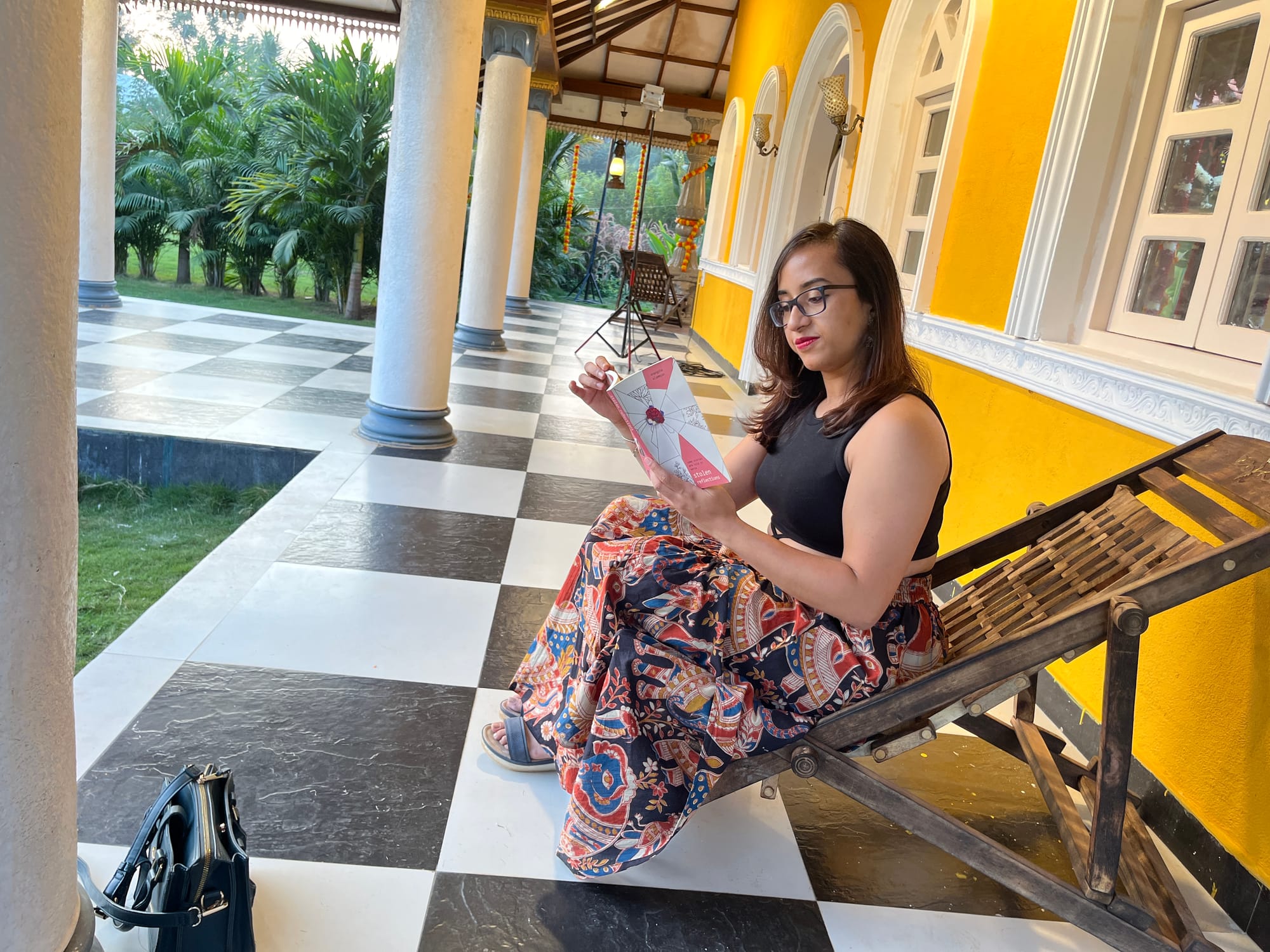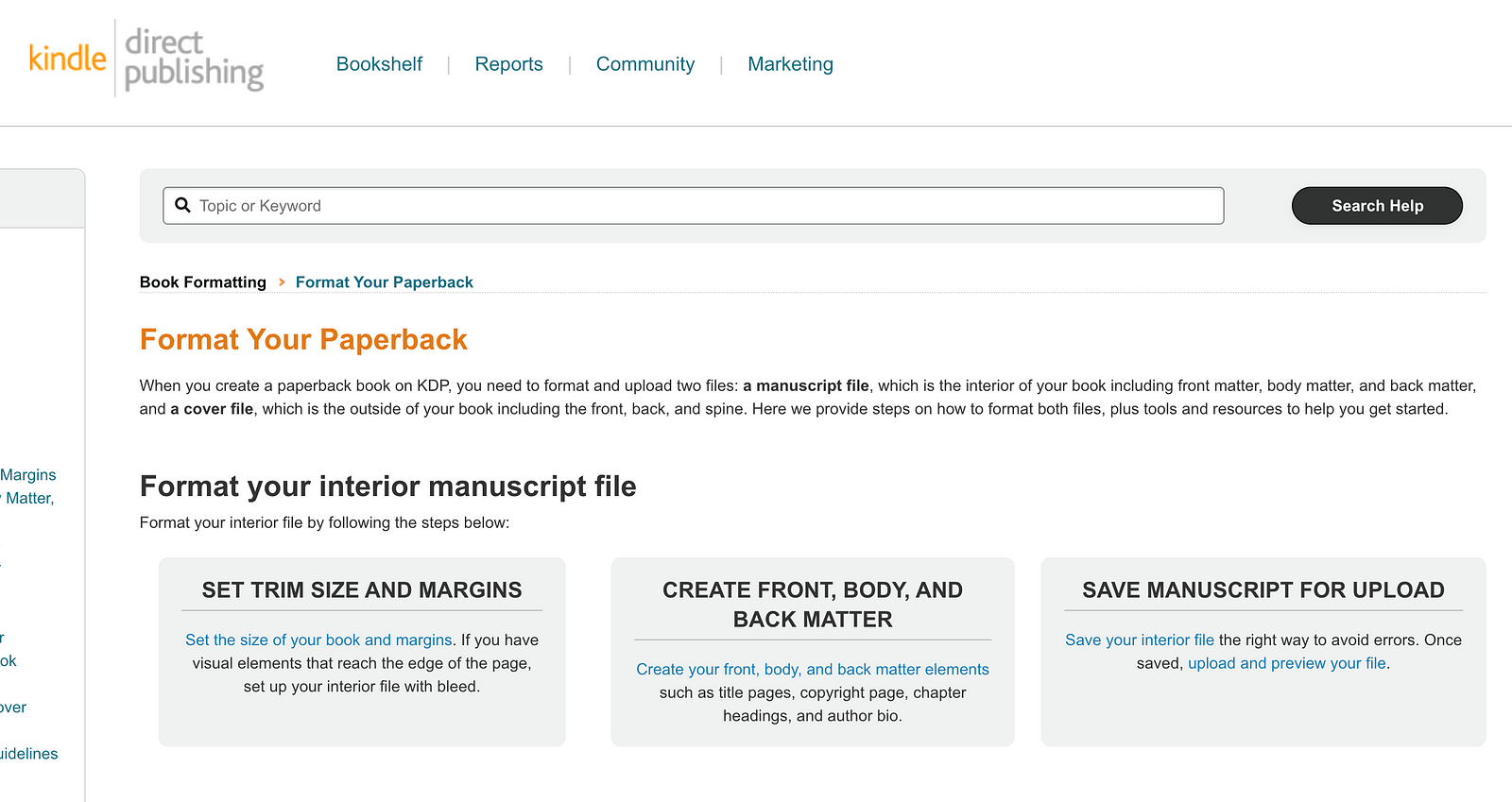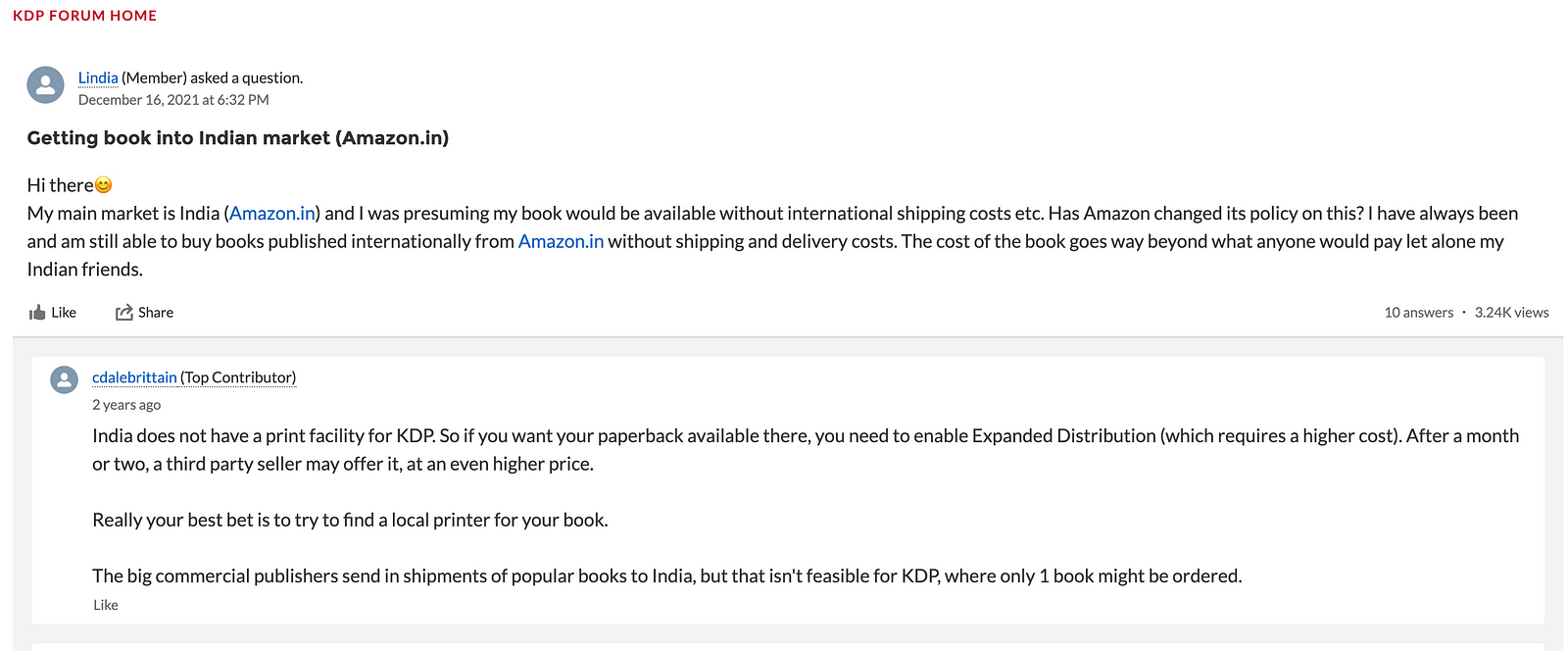Things I Wish I Knew Before I Self-Published My First Book
Setting realistic expectations from book sales as an indie author.

Setting realistic expectations from book sales as an indie author.
It’s a funny story of how I became an author.
I was still in grad school when I published my first book, Stolen Reflections: Some stories are told in verse.
I was messing with a friend and asking him to call me a writer, when he said, “If you only publish blogs online, you should call yourself a blogger, not a writer.”
That might not have been statistically correct, but it struck a nerve.
Why, indeed, did I call myself a writer if I didn’t have any published book to my name? That’s when I decided it’s time to take matters into my hand and change the status quo.
In April 2018, my first book Stolen Reflections was published. That set in motion a series of events that has shaped my life so far. As a full-time author now, I can’t help but reminise the naivete of my first-time author days.
In this post, I’m sharing five things I wish I knew before I self-published my first poetry book. This article will serve as a guide for first-time authors, and provide them realistic expectations of how their author journey might look like.
If you’re planning your first book or dream of releasing one some day, read on for some valuable first-hand experience.
1. Amazon KDP doesn’t publish paperbacks
When you open the KDP homepage, you’ll notice a very convenient screen telling you how easy it is to publish a paperback for free using Amazon.

Sounds magical, right?
Wrong. Because the paperback printing facilities are only available in certain countries like the USA, UK, European countries, etc.
For a majority of other countries including my homeland India, the paperback options aren’t available.
This is one of the most common misconceptions Indian writers have once they get their manuscript ready. They feel that since their book is complete, all they need to do is get on Amazon KDP and press a few buttons to make paperback copies of their book all over India.
Sadly, that’s not the case.

So, what’s the alternative?
If you live in a country where Amazon KDP doesn’t offer paperback printing services, you can buy your own ISBN and pay a Print-On-Demand company to list your book on Amazon/IN.
It’s relatively expensive to do so, as no POD company can compete with the prices of traditionally published books. But living in a country like India, this is a price I was ready to pay.
I got my poetry book published with a Canada-based POD company called Ukiyoto Publishing House. I published the ebook with Amazon KDP, and later merged both paperback and ebook versions on my Amazon author page.
2. People who support on social media aren’t the ones who actually buy your book
When I first announced my poetry book was scheduled to be released, I received immense support from my friends on Facebook. There were 250+ likes and almost 150 comments from people who told me how excited they were, and wishing me luck.
The naive first-time author in me thought 280 likes translates to 280 purchases.
How wrong I was!

It’s a sad reality that most people you know will be happy to like and comment on your posts to wish you luck, but when it comes to actually spending money, they’ll back out.
The night I released my book, I got 8 sales.
I was devastated. For someone expecting 200+, that was a huge let-down.
But now, after being in the writing industry for 5+ years, I’ve come to understand that social media traction doesn’t equal sales. Likes and comments are a vanity metric at best, and you can’t pin your hopes on your friends to support your work.
So, what’s the alternative?
Plan a marketing campaign for your book. Don’t rely on the support of people you already know. Optimize your social media posts so they reach new users, and tweak your campaign to target your ideal book buyer profiles.
3. Book marketing campaigns need to be staggered
As a first-time author, I imagined I’d make hundreds of sales of my book in the first month post-release. After that, my book would be pushed to the top of bestseller charts, and there’d be no looking back.
Turns out, reality was quite different.
I was demotivated by the 8 sales I got on day one of my book release. So much, that I started questioning my self-worth. Maybe my book wasn’t good enough. Maybe no one wanted to read it. Maybe it was a better decision to not publish it at all and stick to writing blogs on the internet?
It was Jordan Gross who changed my opinion on this. In an interview I did with him a couple of years ago, he mentioned how books have this huge longevity. Compared to blog posts and social media content which have the life span of 24 hours or less, books can live on even after you do.
In today’s digital age, once a book gets listed on Goodreads, it’s going to live there forever. If a book has such a long life, shouldn’t the marketing campaign be long-lived too?
And so, once the initial sadness of making a handful sales was over, I designed my own staggered book marketing campaign.
- Pre-release: Send out 100 review copies to friends and family, and ask them to post a review on Amazon or Goodreads on the day of release.
- Every few weeks post-release: Keep the ebook for free on Amazon so more people can read it. Ask everyone who purchased a copy to write a review.
- Every few months post-release: Reach out to book marketing firms and get paid reviews for my book on websites like Facebook, Tumblr, Instagram, etc.
- General mindset shift: I used to feel shy speaking about my book in public. But now, I’ve realized that if I don’t speak up, nobody else will. The fruit of my labor will languish in the abyss of anonymity forever. If I don’t want that to happen, I’ve got to start plugging in my book every opportunity I get.
4. You’ve to learn to identify and ignore spam
When you become a published author, the most tangible way your life changes is when you’ll start receiving emails and messages from people asking to —
- Review your book for money
- Conduct an author interview with you
- Run a marketing campaign with a set number of reviews.
There can be multiple variations of the same request, but the underlying message is the same: someone asking for money in exchange for either reviewing or promoting your book.
As an author, it’s your job to not get swayed by the claims such people make. Conduct your research before saying yes to any inbound promotion request.
Check the person’s website to see if they’re legit. Ask them for numbers so you have an idea of the kind of sales you can hope to make if they promote your book on their channel. Look at previous book reviews the person has conducted to get an idea of how their audience reacts to books by new authors.
There are a lot of upcoming book reviewers who’d be happy to review your book for free. I started with free reviews before I moved on to a paid marketing model. It worked for me, and you can try the same before committing to any paid book marketing campaign.
This is an example of a spam message I received a few days back on LinkedIn. It clearly shows how the person used a plug-and-play template to reach out to me, which doesn’t even make sense. As a seasoned writer, I was able to tell it’s spam just by looking at it. But in my early days of book publishing, I’d surely have been excited to receive this, and get back to the person to pay for the same.

5. Book sales can’t be your only income source
According to a 2022 study by Wordsrated, more than half of American adults don’t read a full book in over a year. With dwindling interest in books, I’m not sure how viable a career option it is to rely solely on book sales income to sustain your livelihood.
A 2022 author income study by Authors Guild found that most authors have a hard time earning a living from their craft. Out of the 5,699 published authors surveyed, the median gross pre-tax income from books was only $2,000.
This sure paints a bleak picture, but hey, all’s not lost.
Personally, I treat my books as passion projects.
I’ll write when inspiration strikes me, and publish to build a body of work. I won’t look at my books as an income stream. They’re there to build credibility and add a touch of authenticity to my portfolio.
As a full-time writer, here are some viable income streams I’ve built —
- My Medium blog
- Ad and sponsorship revenue from my website
- YouTube channel
- Freelance writing side projects
At first, I thought not earning from book sales was pathetic.
But now, I’ve understood that this is actually a silver lining. When I take away the pressure to earn from books, I can give myself the creative liberty to explore any genre and pace I’d like to.
If you can find a way to make money from either your day job or other writing-related avenues, you’d free yourself from the trap of pressuring your creativity to earn a living.
What I wish I knew before I self-published my first book: Final words
Writing a book is a daunting task, but the real work begins after you’ve hit the “Publish” button. You’ve got to work hard to make sure your book reaches the target audience. And as a self-published author, the onus of book marketing falls upon your shoulders.
Based on my experiences of self-publishing my first book in 2018 and being a full-time writer for the past 2.5 years, here are five things I wish I knew at the start of my book publishing journey:
- Publishing paperbacks in countries like India takes more than just the press of a button on the Amazon KDP platform.
- Social media support from friends and family doesn’t translate directly into book sales.
- You’ve got to design staggered book marketing campaigns that stretch into months, if not years.
- Learning to identify spam messages is one of the first skills you need to develop as a published author.
- Work on building multiple income streams as a writer. Relying solely on book sales to sustain your livelihood might not be the best idea in today’s times of dwindling interest in the written word.
